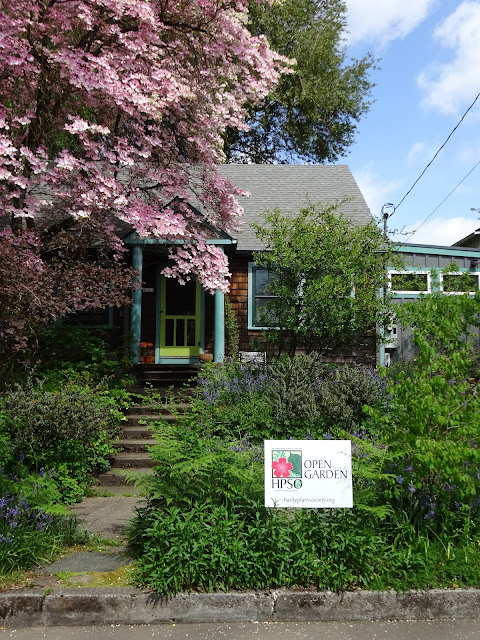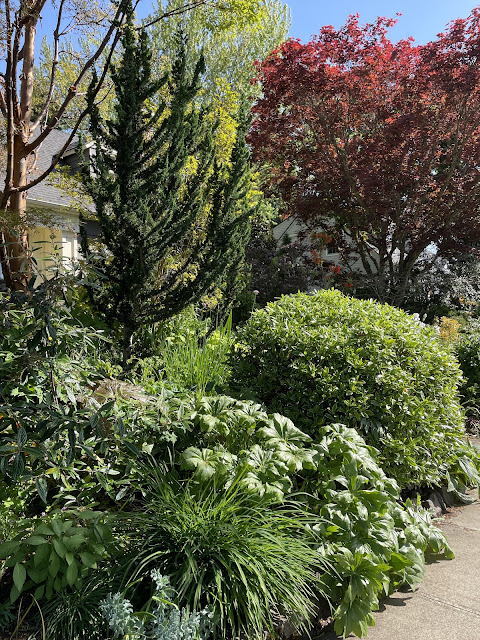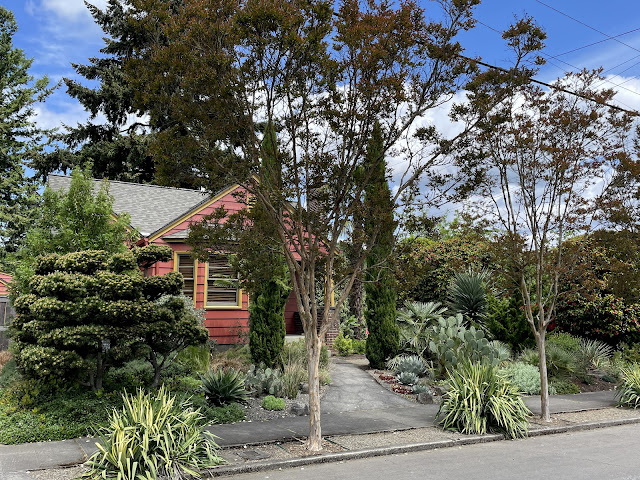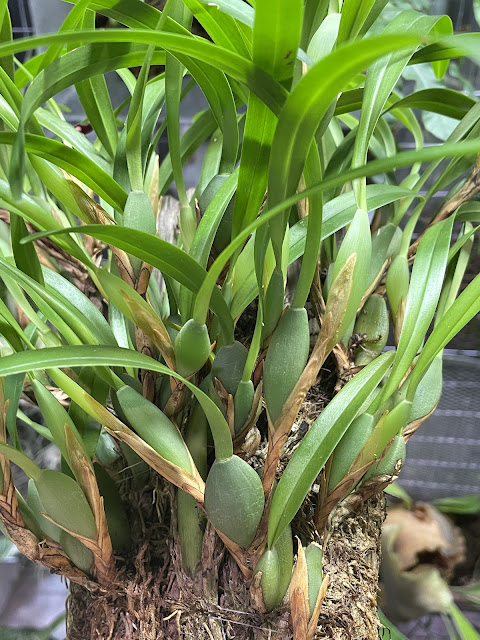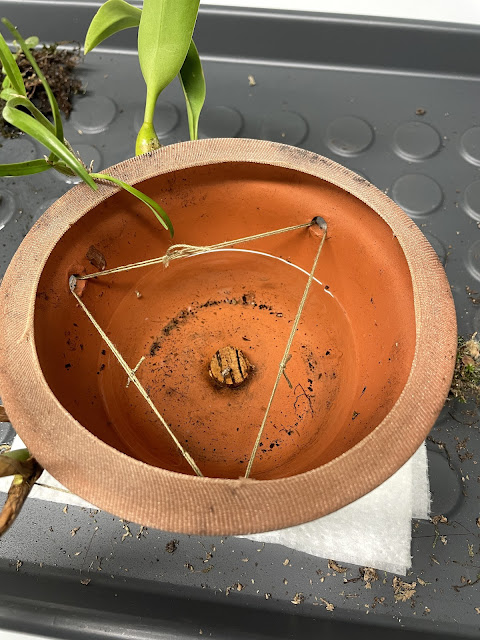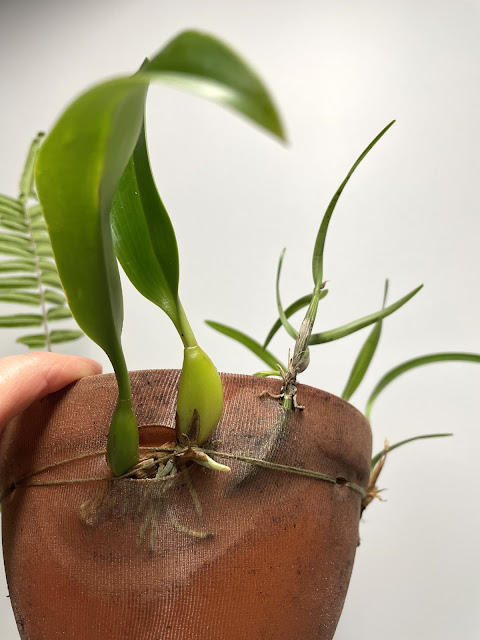I made it to my first
HPSO Open Garden back on April 26th, the garden belongs to Mark Griswold Wilson and Ellen Burr. Along the public sidewalk...
And the view from the front.
That sidewalk arch included a trellis with quotes.
The front garden was divided into a woodland planting to the left of the home's sidewalk (below) and a prairie planting on the right. The back garden wasn't open to visitors,
I loved the simple bird bath.
And the bight Lewisia, I mean how can you not love such happy flowers?
The garden's owner wrote this
Meadowscaping Handbook for the West Multnomah Soil and Water Conservation District.
Camassia
Tellima grandiflora, aka fringecup
Standing in the driveway looking back at the front of the home. I didn't get a chance to ask what was going to be planted in the raised metal planter, maybe vegetables?
I particularly loved the softening of the driveway's hard lines with gravel and large containers.
This next garden belongs to Mary DeNoyer. I've shared many photos of her garden over the years, but it's so good that I can't not take photos whenever I visit, I was there last week for a plant swap. An orange Hoover Dish planter hangs near the back patio.
One of many arisaema in the garden.
Saxifrage!
And another arisaema, maybe A. ringens?
The largest/happiest clump of Athyrium niponicum I've ever seen in a garden.
Sunny peony that I can't name.
Embothrium coccineum
Echium wildpretii (one of two in Mary's garden).
Podophyllum peltatum I believe, although the leaves look different from mine.
I'm jealous of every monumental Chamaecyparis lawsoniana 'Wissel's Saguaro' (on the left) I see, since mine refuses to "saguraro" and just sits there looking like a boring green pillar.
The next garden isn't really a garden, but rather a bit of commercial landscaping in front of a cannabis dispensary, Electric Lettuce. There was once a trio of picturesque Agave ovatifolia (
previous blog post here) but now there's only a pair.
One of which is fixing to bloom. Well, make that two of which. This particular plant was damaged pretty badly with the winters of 22/23 and 23/24 and it looks like it compensated by developing two growing points, both of which are sending up bloom spikes.
I'm not sure what happened to the third plant, but I can report there are lots of hosta new on the scene. I was amused at the idea agaves and hosta are growing in the same planting. Very Portland don't you think?
The development of the bloom spikes will be fun to watch.
While visiting the
Dirty Diggers of Lovewood Plant Sale last weekend I visited Don's garden again since he's in the same block. I've previously written about his garden
here and
here.
Agave montana there at the bottom of the photo.
Doesn't it look a little like that upright conifer is trying to imitate the Trachycarpus (palm) with it's flopped out bits?
Check out those fabulous Agave parryi!
Not to mention the shrub-sized Opuntia.
If I remember right that's a Yucca schottii?
A fun garden to visit, and it's all visible from the public sidewalk!
To receive alerts of new
danger garden posts by email,
subscribe here. Please note: these are sent from a third party, their annoying ads are beyond my control.
All material © 2009-2025 by Loree L Bohl. Unauthorized reproduction prohibited and just plain rude.


